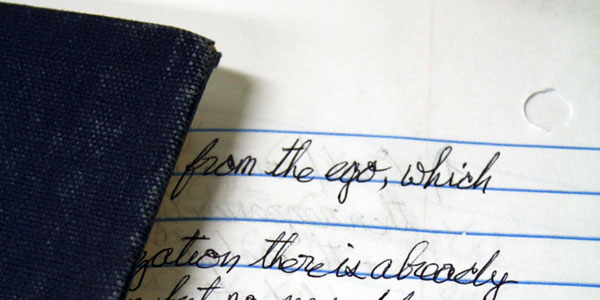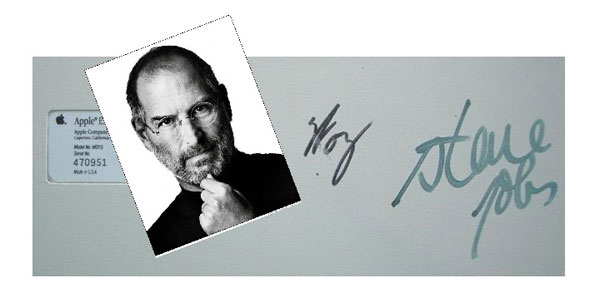Handwriting Is a 21st-Century Skill
Don't dismiss calligraphy as silly Luddism. The skill offers countless benefits, from better fonts to better thinking.
 Today’s handwriting…
Today’s handwriting…Is preserving and reviving cursive handwriting retro sentimentality or neo-Luddism? No, it's good teaching and good neuroscience. The New York Times doesn't go far enough on this. The close connections between hand and brain, whether in music or in writing, have strong support in research, as summarized here:
Neurologist Frank Wilson, author of The Hand: How its Use Shapes the Brain, Language and Human Culture, says, "Although the repetitive drills that accompany handwriting lessons seem outdated, such physical instruction will help students to succeed. He says these activities stimulate brain activity, lead to increased language fluency, and aid in the development of important knowledge". He describes in detail the pivotal role of hand movements, in particular the development of thinking and language capacities, and in "developing deep feelings of confidence and interest in the world-all-together, the essential prerequisites for the emergence of the capable and caring individual"..
Handwriting has also been surprisingly relevant technologically. What has Steve Jobs always cited as a formative experience? A course in calligraphy at Reed College. Many of the most popular fonts for Mac and PC alike were created by designers with calligraphic training. Many people hate the soft keyboards of many smartphones and all tablets; using a stylus quickly and legibly can be the best alternative, especially when voice recording isn't possible.
The real challenge is developing 21st-century teaching methods for cursive. In her excellent Handwriting in America, Tamara Thornton showed how regimented 19th-century instruction could be. It could literally be a pain in the neck. Yet the growing paperwork empire desperately needed commonly recognizable documents. When I wrote the chapter on typewriter and computer keyboards in Our Own Devices, I found evidence that the real attraction of the earliest typewriters was not so much speed as uniformity in large organizations. Magazines, with dozens or hundreds of contributors, started to insist on typewritten copy by the 1890s to speed composition. That's why for decades typewriter fonts were so few.
In the 19th century, handwriting was a fetish, excessively drilled in the schools. Now it's equally dismissed. We are truly "Immoderation Nation". Instead of dismissing cursive reflexively, administrators should take advantage of many innovative cursive programs that can bring the benefits of this skill to new (and older) generations.
Edward Tenner
Source: The Atlantic
For the largest part ill handwriting in the world is caused by hurry.
(Lewis Carroll)




